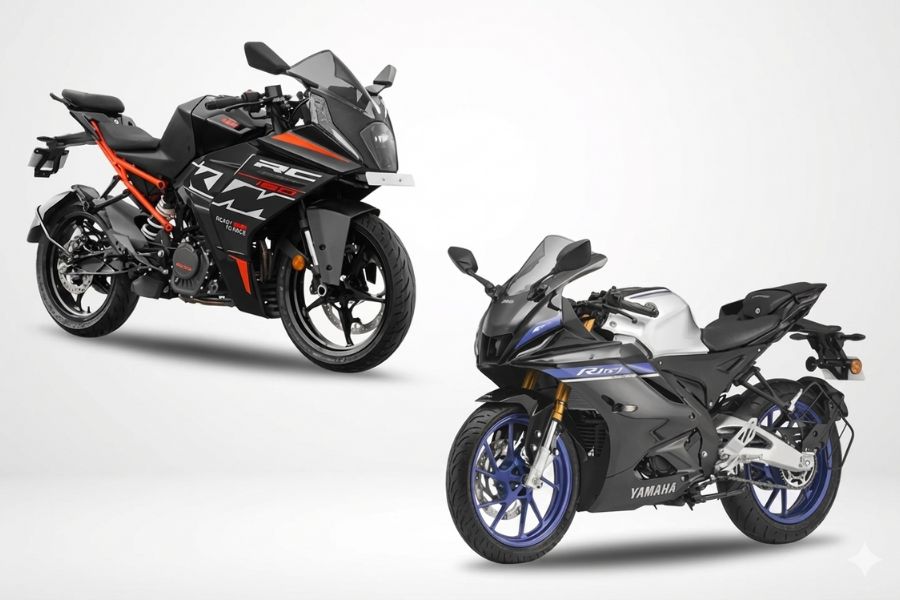With the Honda Elevate’s launch in September 2023, a new contender entered the midsize SUV market in India. For many Honda enthusiasts, the Elevate has quickly become a favored choice. However, the Hyundai Creta, which has been a benchmark in this segment, received a significant update in 2024, making this a compelling comparison. Let’s see how the two stack up against each other.
Exterior Design
Both the Honda Elevate and Hyundai Creta offer distinct and attractive designs. The Elevate, with its upright bonnet and prominent grille, appears larger and more muscular in person than in photos. Its long wheelbase and class-leading 220mm ground clearance contribute to its robust stance.
The Creta, on the other hand, boasts a flashier exterior with a distinctive block-patterned grille, connected headlamps, and tail-lamps. The N Line variant of the Creta adds a sporty flair, although this might not suit everyone’s taste.
Interior
Inside, the Honda Elevate focuses on practicality and user-friendliness. The dashboard layout is straightforward, placing the touchscreen and climate controls within easy reach and providing ample utility spaces. The driving position offers a clear view of the bonnet edges, and the seats are large and well-cushioned, enhancing comfort. Top trims feature leatherette upholstery extending to the dash and doors, though the faux wood accents might not appeal to all.
Conversely, the Creta’s interior makes a stronger initial impression with its light colors, detailed design, and twin 10.25-inch screens, creating a more premium ambiance. The dashboard’s low sill and large glasshouse enhance visibility, though the seats aren’t as spacious as the Honda’s.
Features
In terms of features, the Creta’s top-spec SX (O) variant leads with front seat ventilation, a 360-degree camera, full-digital dials, dual-zone climate control, a high-quality Bose sound system, an electric parking brake, and a panoramic sunroof. However, it lacks wireless connectivity for Android Auto and Apple CarPlay, which can be frustrating.
The Elevate’s top-spec ZX variant includes a 10.25-inch touchscreen with wireless Android Auto and Apple CarPlay, a wireless phone charger, and a single-pane sunroof. While well-equipped, it leaves room for a higher-spec model with more features.
At the rear, the Creta offers better knee room and a wider cabin, comfortably seating three passengers. It also includes window sunshades, headrest pillows, and an adjustable seatback angle. However, it lacks a rear center headrest. The Elevate provides excellent rear seat comfort and a spacious 458-litre boot, surpassing the Creta’s 433-litre capacity.
Powertrains and Performance
Both SUVs offer 1.5-litre naturally aspirated petrol engines paired with CVT gearboxes. The Creta’s 115hp engine delivers a smooth performance with a refined CVT that closely mimics a torque converter automatic. The engine is quiet, and drive modes add some customization, though the Creta’s nature doesn’t require frequent adjustments.
The Elevate’s engine offers slightly more power and is responsive at low speeds. However, under hard acceleration, the CVT exhibits the typical rubber band effect, leading to high engine revs without corresponding speed increases, resulting in increased noise. Despite being quicker in acceleration, the Elevate feels busier and noisier, especially on the road.
Ride and Handling
Both SUVs handle city driving and highway journeys well, but the Elevate stands out on winding roads. Its long-travel suspension and 220mm ground clearance make it feel robust, similar to the original Duster, and better suited for rough surfaces.
Safety and Technology
Both models come standard with six airbags and electronic stability control. They also feature ADAS, though the Creta’s system uses both camera and radar, while the Elevate relies solely on a camera, affecting performance under poor visibility conditions.
Verdict
Fuel economy favors the Creta, especially in city driving, with an ARAI figure of 10.3 kpl compared to the Elevate’s 8.6 kpl. Pricing-wise, the Elevate’s range from ₹13.71 lakh to ₹16.43 lakh makes it a value proposition, whereas the Creta’s starts at ₹15.85 lakh and goes up to ₹18.73 lakh for the SX(O) variant.
The Honda Elevate is a practical and rugged choice with peppy city performance but lacks in refinement and fuel economy. The Hyundai Creta, though pricier, justifies the cost with a more luxurious and spacious cabin, better refinement, and more features, making it a more comprehensive package for those willing to invest a bit more.
In summary, the Elevate appeals for its practicality and value, while the Creta stands out for its premium feel and well-rounded nature, making it a compelling choice in the midsize SUV segment.
Read More:




